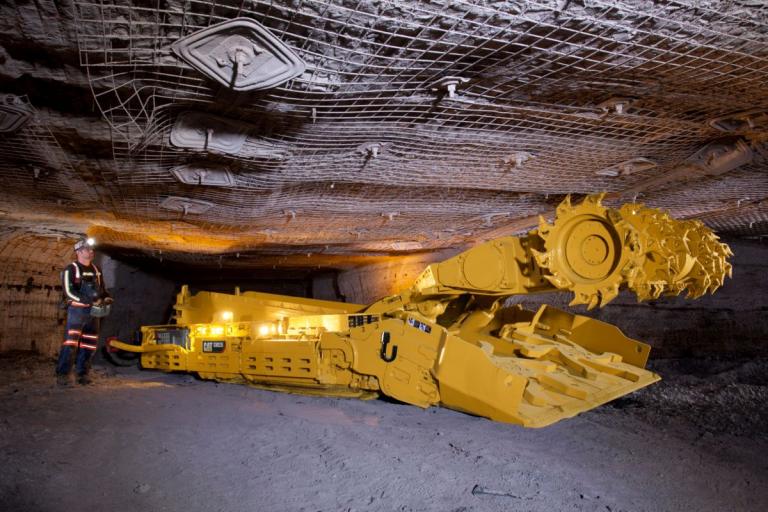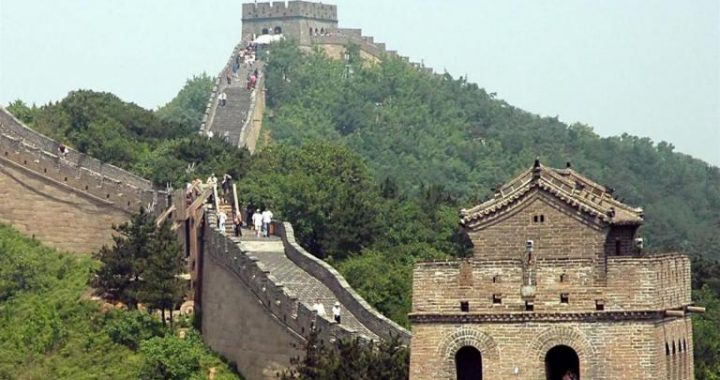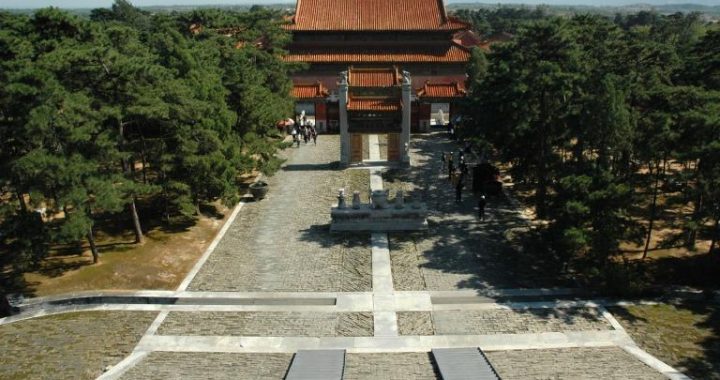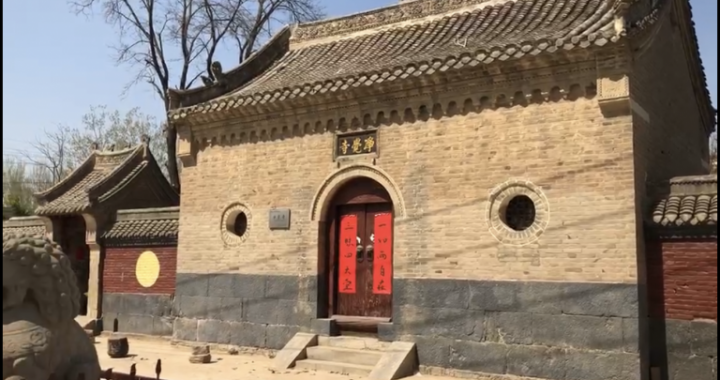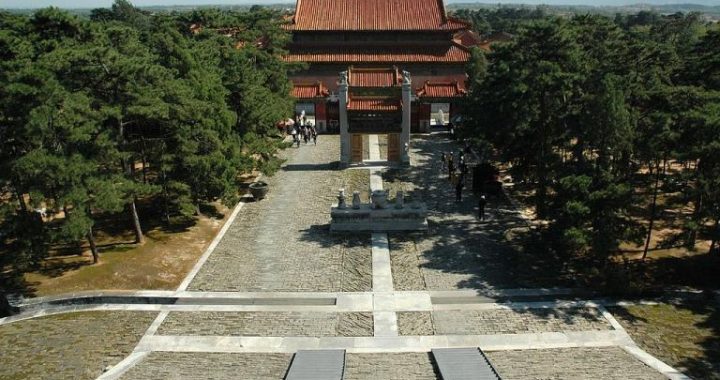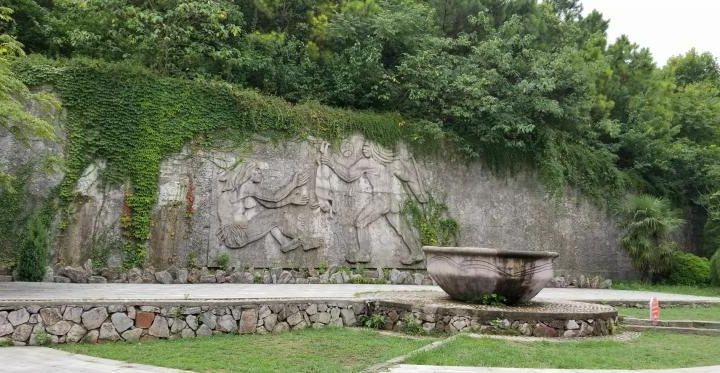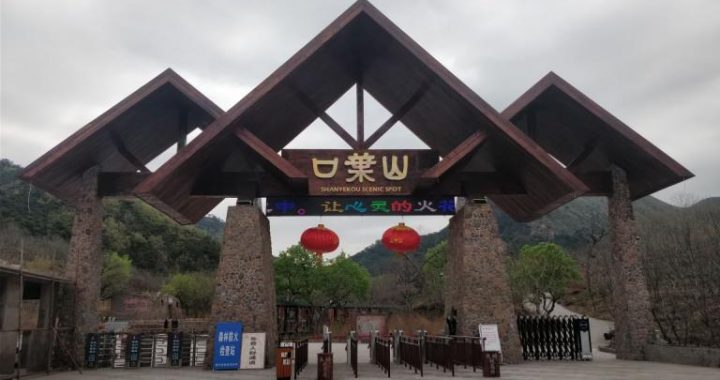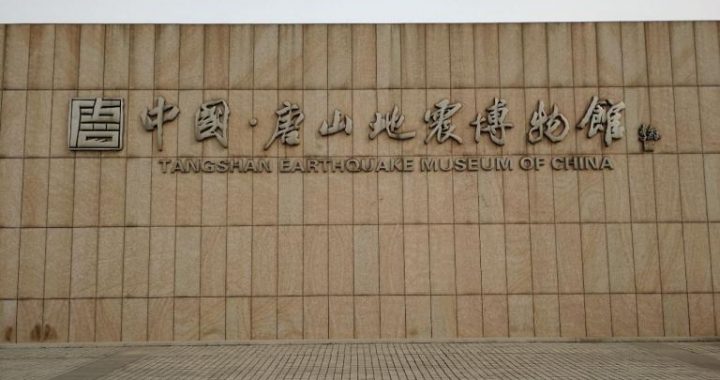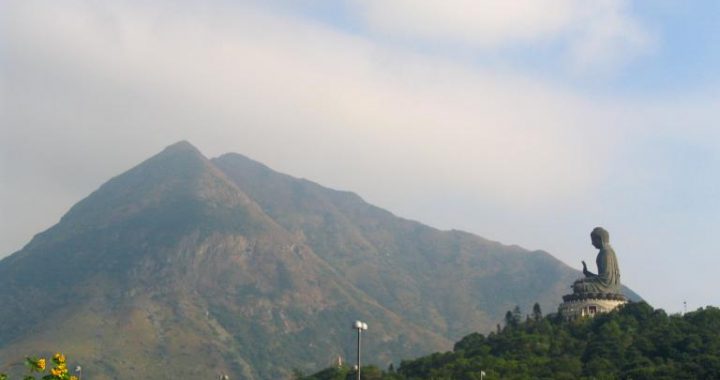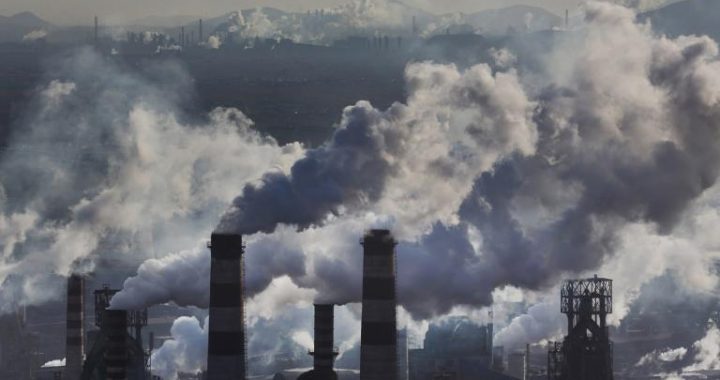From Tangshan Mine to Tangshan City
4 min readIn 1878, the fourth year of the reign of Emperor Guangxu of the Qing Dynasty,a vertical shaft for mining coal with machine were established at the southern foot of Tangshan Mountain. At that time, using machine for coal mining was considered as a”western mining method”or “new mining method”. The highly erected hoist shaft became the earliest mark of the beautiful industrial city.
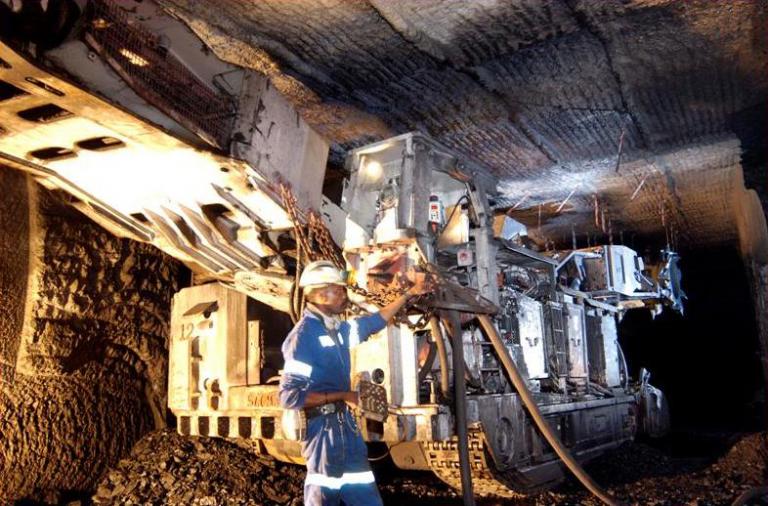
The unknown but lucky Tangshan Mountain, which is part of the Yanshan Mountains, looks over the Great Wall to the north, embraces the Bohai Sea on the south and is surrounded by the Luanhe River Alluvial Plain. In the Tang Dynasty, Emperor Li Shimin once visited the small mountain while leading his army to make an eastward punitive expedition. He was so pleased with the beautiful scene of the mountain surrounded by water as well as fertile land and lush grass that he ordered camp be set at the mountain for a rest. In the early morning, the ambitious emperor looked far into the distance from the mountain and excitedly said:”This is my country.”Then, the small mountain was named Tangshan Mountain after the region. More than 1,000 years later, the Qing Dynasty named the first mine to adopt new mining methods Tangshan Mine.
In early times, Tangshan Mine was beside a small village called Qiaotou Tun with about 300 villagers. Since the first mine of Kailuan Mining Area was established and named Tangshan Mine, the small village became the cradle of the latter famous industrial city with a history of more than a hundred of years.
Throughout the history of China, most cities were developed for political, military, traffic and economic purposes, and few for industrial development. Tangshan is one of the minority and one of the earliest. Some have compared Tangshan to Manchester in the UK, Frankfurt in Germany and Lyon in France.
With the exploitation of the Kailuan Coal Mine and the development of a number of related industrial enterprises engaged in railway, rolling stock manufacturing, cement, architectural ceramics, textile and electricity, Tangshan attracted a great number of industrial workers to settle down.
Following that, streets, markets and traffic facilities(such as China’s earliest flyovers named”Dadao”and”Shuangqiaoli”) were established and postal, communication, cultural and entertainment services were provided. Therefore, the initial shape of Tangshan city was formed. Soon, Qiaotou Tun was renamed Qiaotou Town and then Tangshan Town in 1898. In the 1920s, the establishment of Tangsha City was proposed. To make a distinction between Tangshan Mountain and Tangshan City, the mountain was renamed Dacheng Mountain(because there is an ancient station for troops), while the city is named Tangshan.
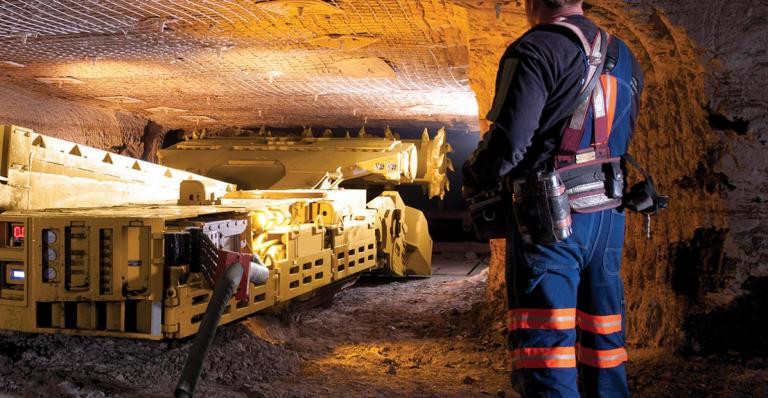
Tangshan developed along with modern industrial China, features western and eastern culturalcommunication and integrated cultures of South and North China. For example, among the earliest streets in Tangshan, there is one called”Guangdong Street”, named after the many Guangdong workers, who were employed by the founder of Kailuan Coal Mine Tang Tingshu, who is also from Guangdong. Tangshan Railway Factory, established later, also had many skilled workers from Guangdong. Some of them had been brought into contact with western culture before working in Tangshan, while some had overseas working experience and could even speak foreign languages. In addition, inthe early stages, Kailuan Coal Mine and Tangshan Rolling Stock Factory were managed in English so Guangdong workers held most skilled positions. Statistics show that by the 1920s and 1930s, about 10,000 Guangdong workers and their relatives had settled down in Tangshan, accounting for about 10% of the urban population. Most of these people lived in the same place where Guangdong Streetwas set up. The Guangdong Guide Hall, the Association of Cantonese and the cemetery for Cantonese can all be found there. The Guangdong workers brought their culture, customs and even western-style food to Tangshan. In September 1912, Sun Yat-sen visited Tangshan and stayed at the Guangdong Guide Hall. There is a picture of Sun Yat-sen in front of the Guangdong Guide Hall.
There is a road called “Xishan Road”, where a lot of foreigners live. It runs along the southern foot of the beautiful Fenghuang Mountain, with different western-style villas along its sides. There are bars, ballrooms, billiards rooms, swimming pools, skating rinks,a racecourse,a golf course,a tennis court, hospitals and a cemetery. Totally, Tangshan has 1,107 such villas, some of which are scattered around Linxi Mine,Zhaogezhuang Mine and Majiagou Mine under the Kailuan Coal Mining Administration aswell as Qinhuangdao.From the establishment of the Kailuan Coal Mining Administration,more than 500 foreigners from 18 countries worked and lived in Tangshan,including former US president Herbert Clark Hoover.
Tangshan is one of the earliest cities with modern postal services,telecom and telephone services as well as western-style education and hospital services.In 1883,the Kaiping Mining Administration set up special telegram facilities and installed telephone links with Tianjin.In 1908,Tangshan Telecom Bureau was established.In 1925,a branch of Tianjin Telephone Office was established in Tangshan,with long-distance telephone services between Tangshan and Tianjin and Shanhai Pass.InAugust 1925,53 public telephones were installed in Tangshan,with magneto 100-line PBX.In China,the postal department was first established in 1897(the 23rd year of the reign of Emperor Guangxu).
Then,the Post Office of the Qing Dynasty set up a branch in Tangshan to deal with postal delivery ofletters,post cards,publications and parcel as well as remittance business.It delivered international letters.In 1901,Tangshan’s first western-style hospital,namely Tangshan Zhonghua Hospital(renamed Kailuan Hospital),was established,followed by the establishment of the Bohai hospital,Liren hospital,Kailuan Majiagou Hospital,Zhaogezhuang Hospital and Railway Hospital.In 1926,Kailuan Coal Mining Administration established a Vocational School of Senior Nurses.In 1905,the Tangshan Railway College that was originally located in Shanhai Pass was relocated in Tangshan and in 1922,it was renamed Tangshan University under the Ministry of Transportation.A number of elites including Mao Yisheng,Zhu Kezhen and Huang Wanli graduated there.
